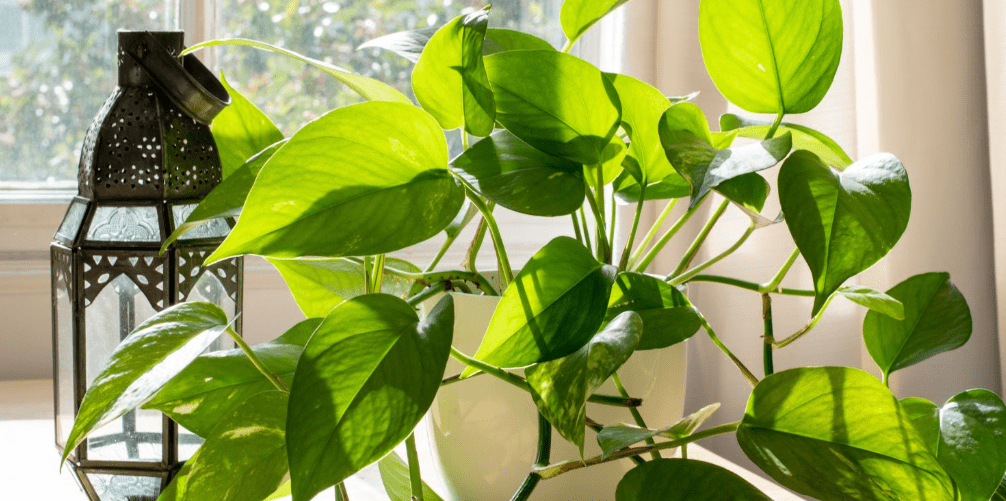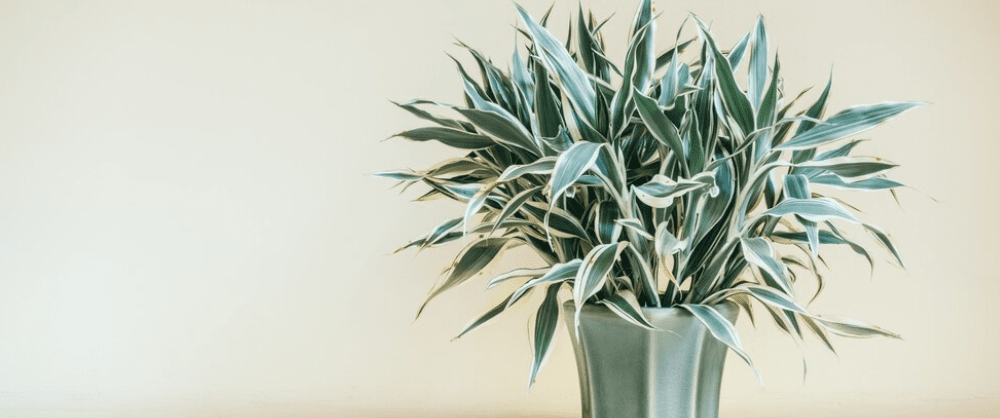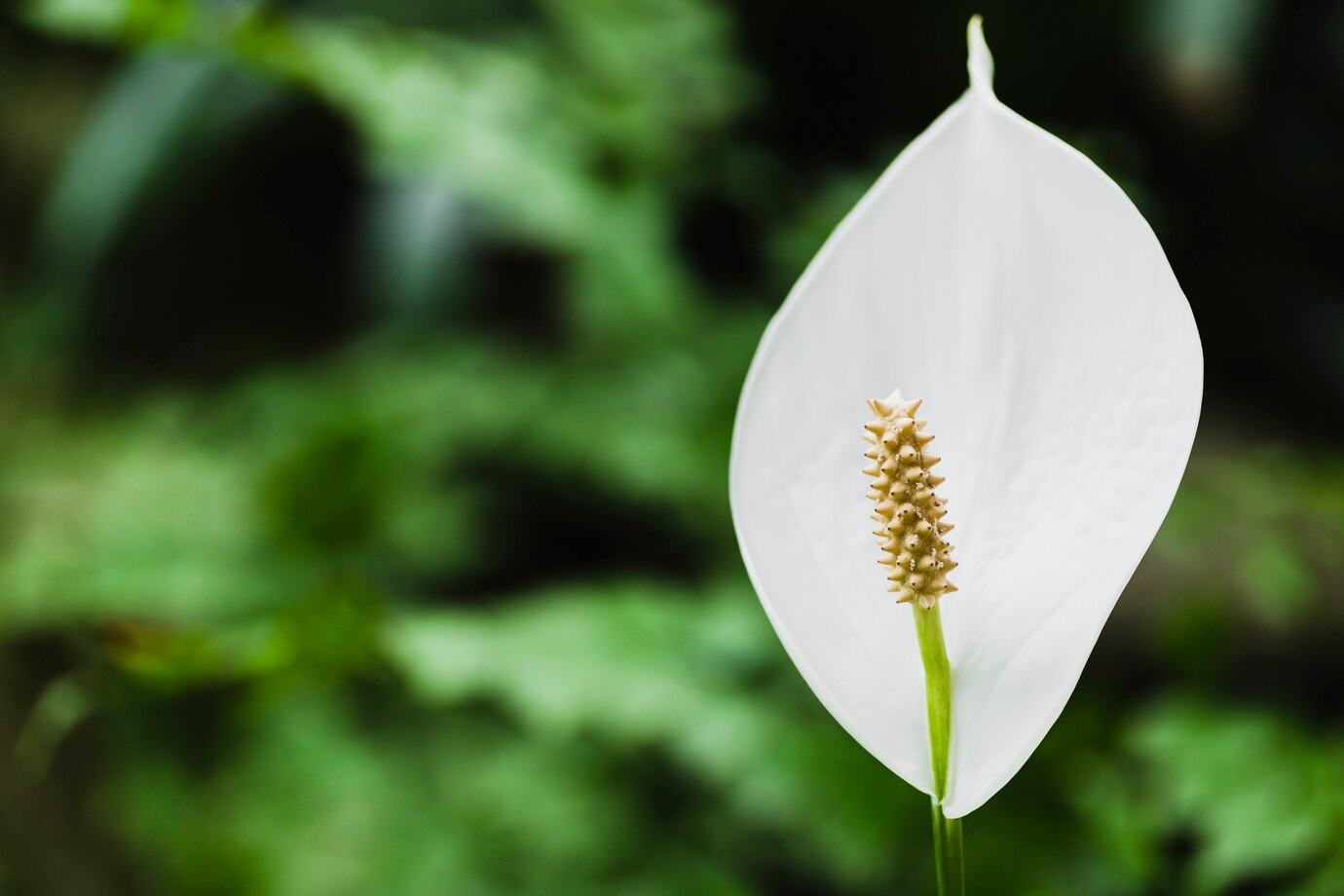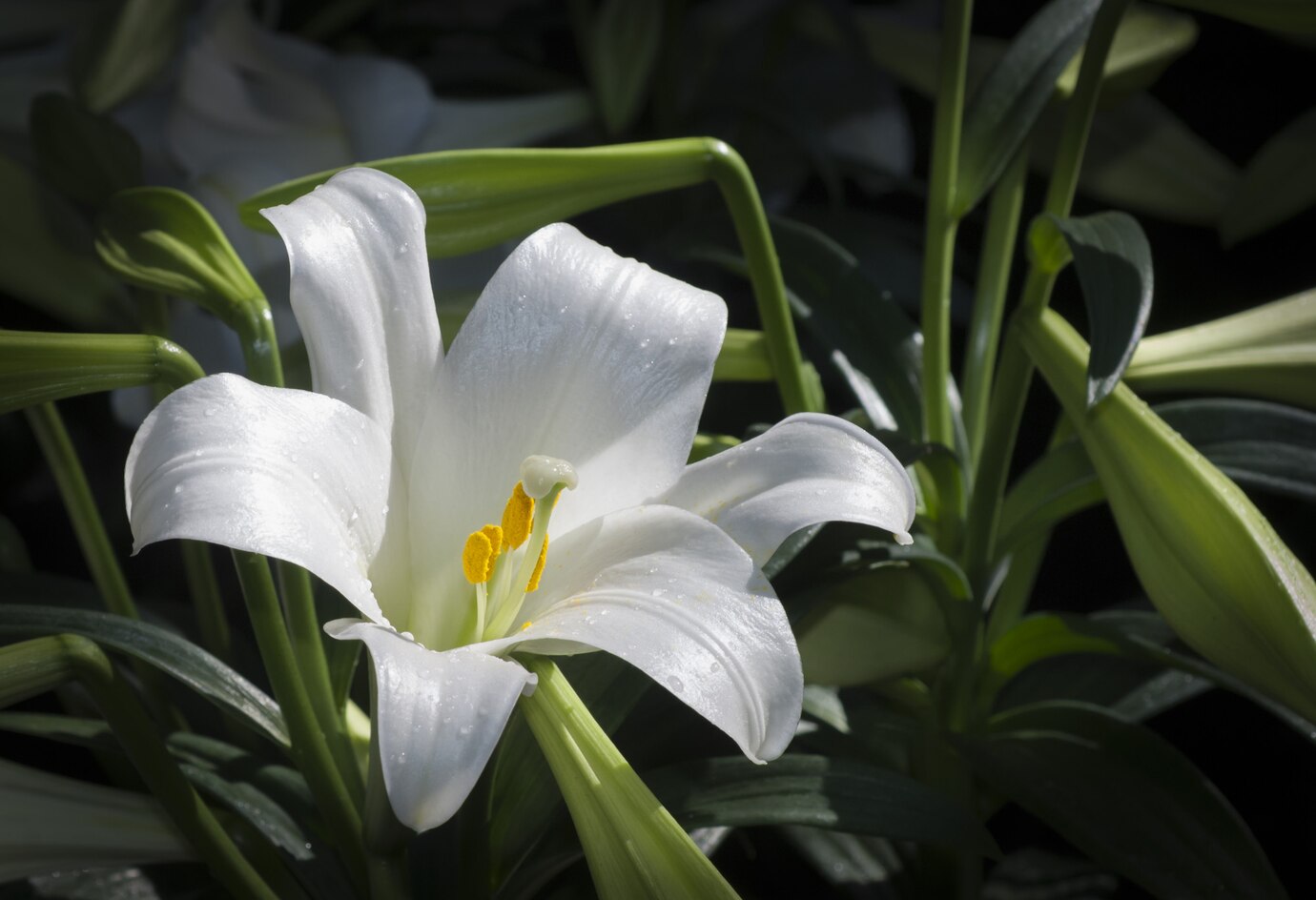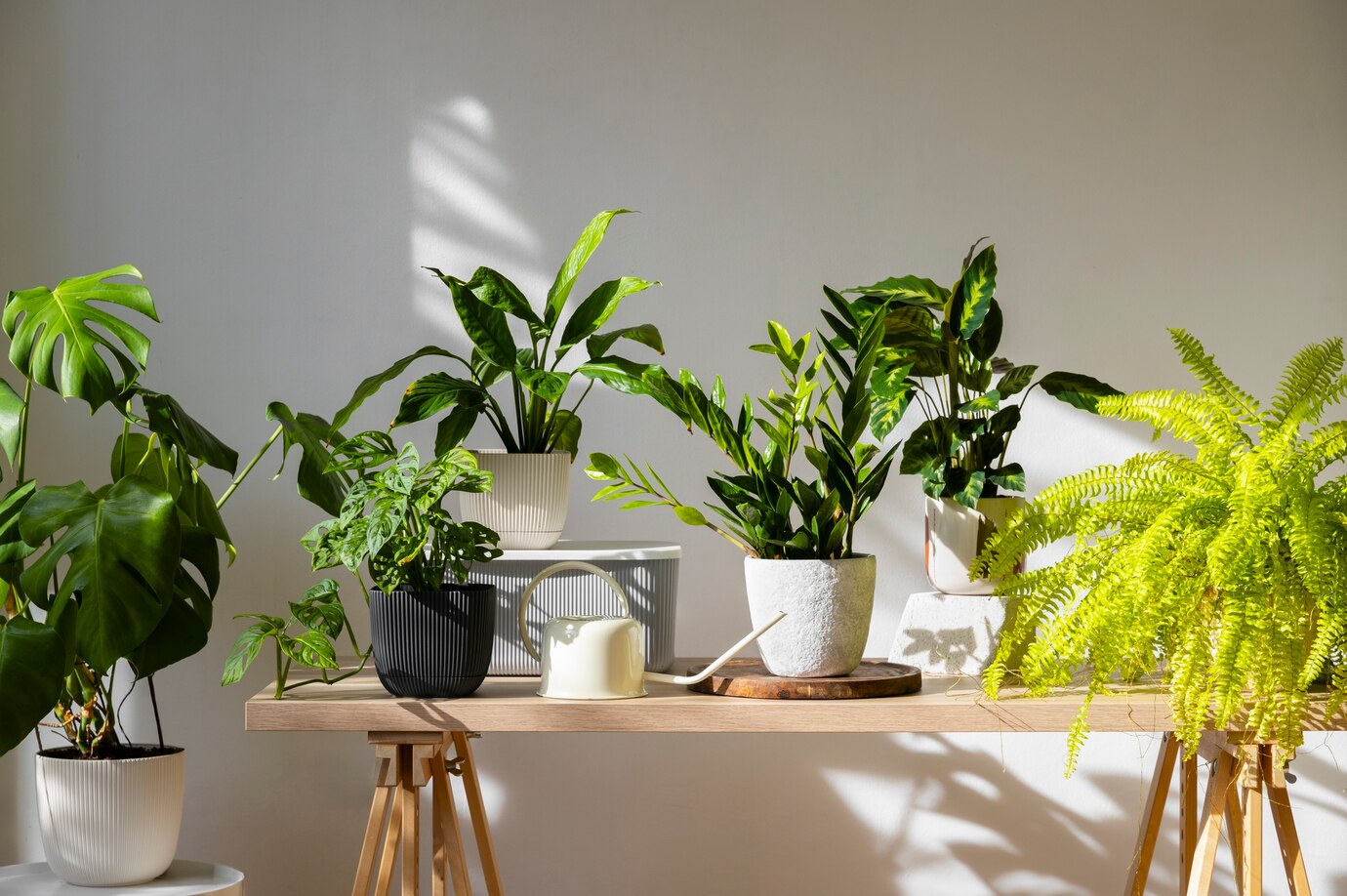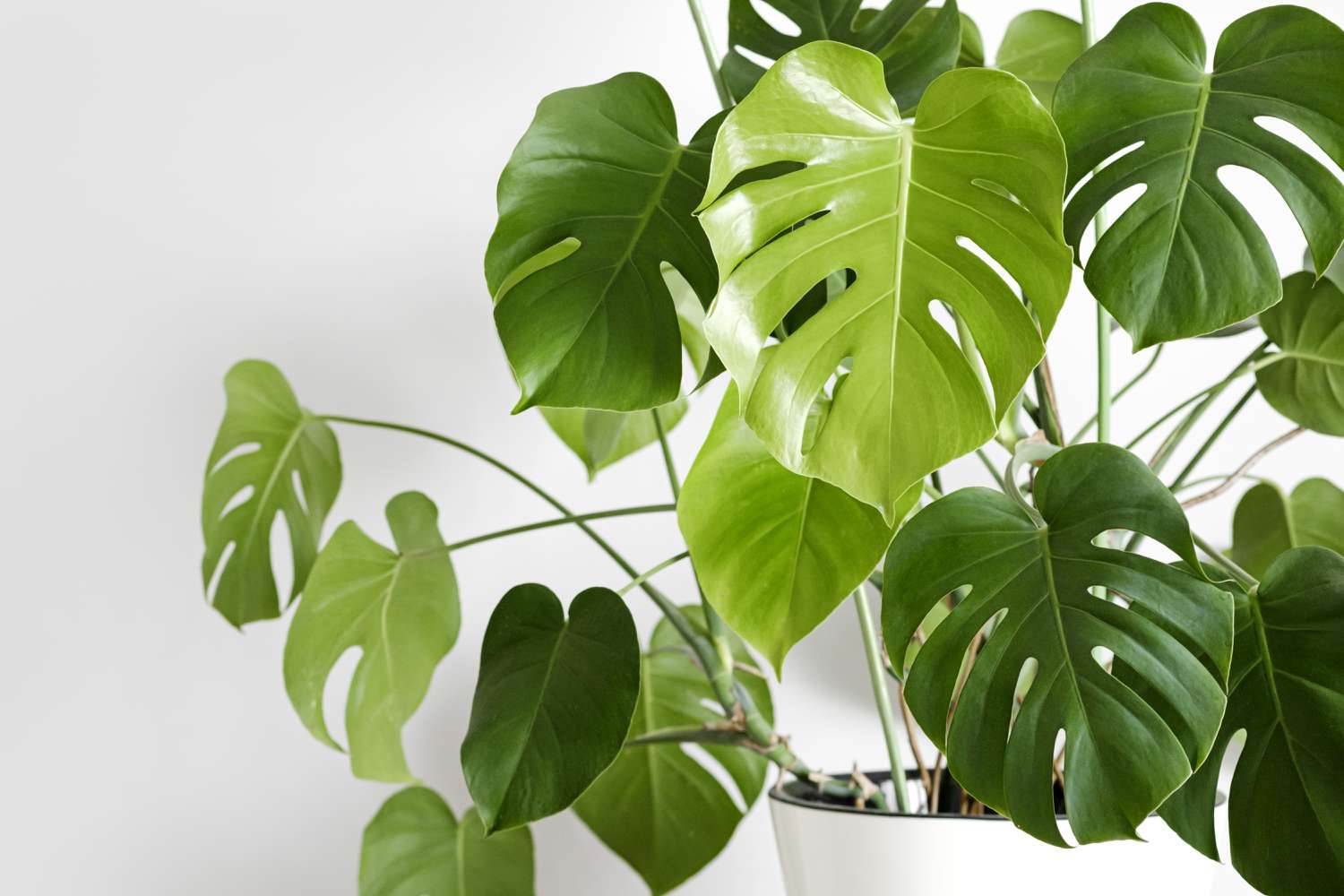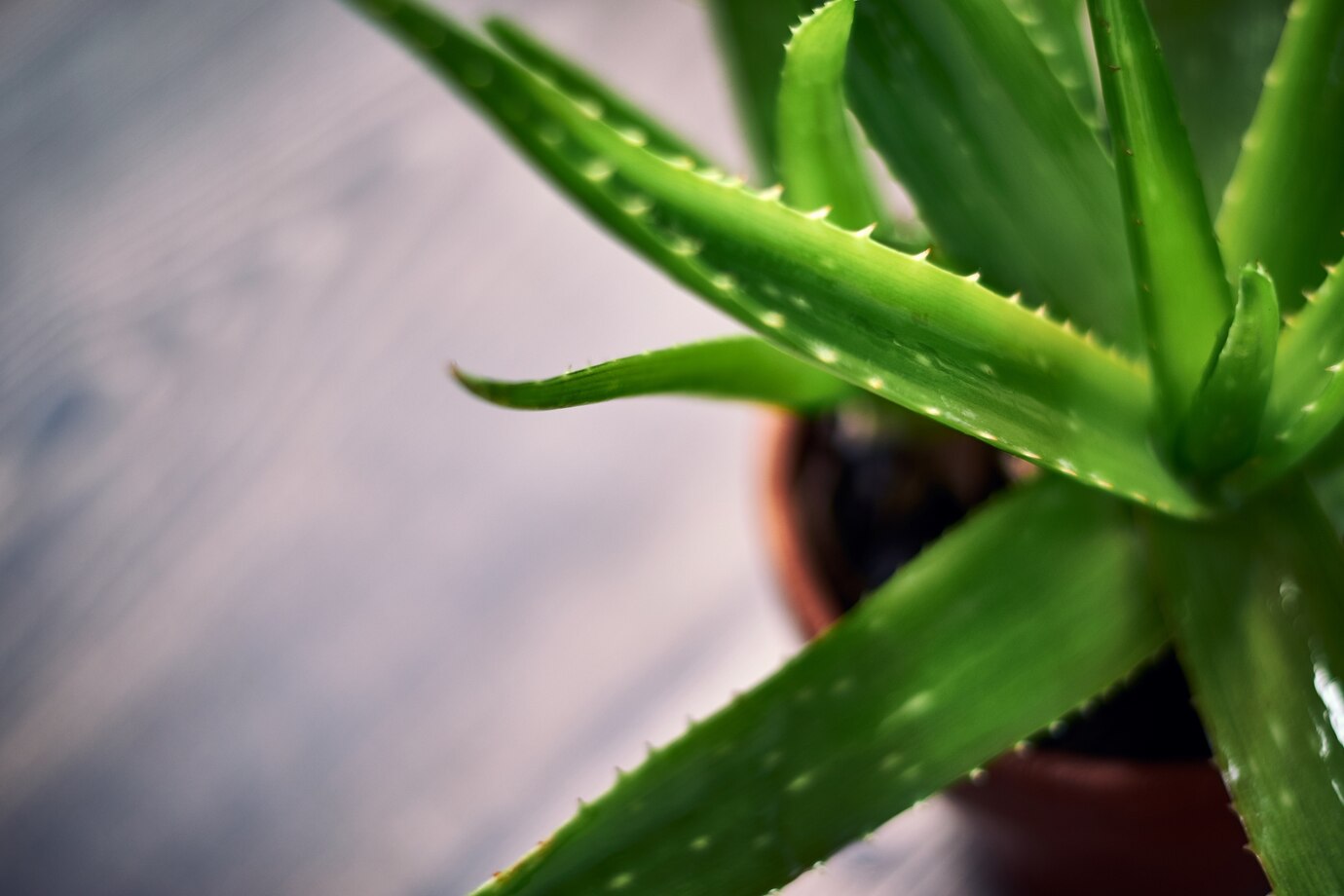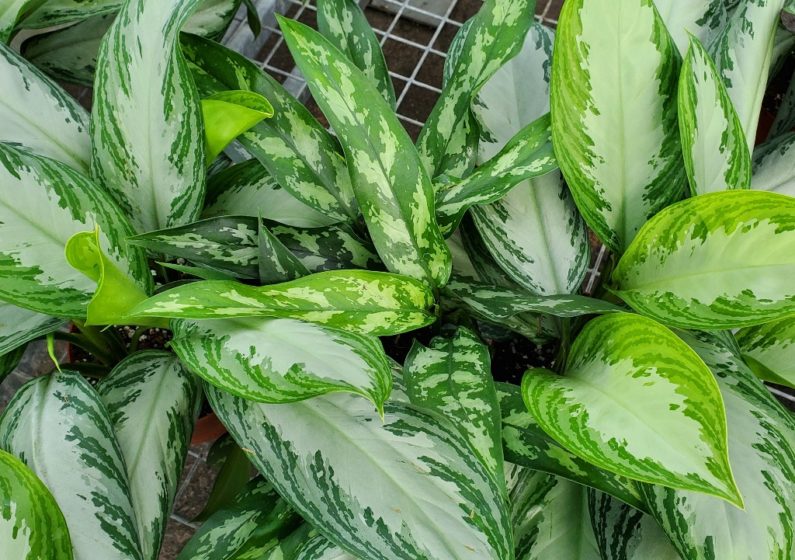Sedums are easily recognized by their plump, water-retaining leaves and sturdy stems. As a variety of succulents, they can retain moisture for extended periods, making them ideal for arid areas both indoors and outdoors. These low-maintenance plants attract pollinators with their nectar-rich blooms and add vibrant color to gardens in the fall.
Table of Contents
ToggleHow to Grow Sedums
Sedums (Hylotelephium), also known as stonecrops, thrive in bright, sunny areas with soil that drains well. They look most attractive when planted near the front of a flower bed. Grouping several together creates a fuller, more eye-catching display. These hardy plants are especially suited to dry soils and require very little upkeep. For neater growth, consider trying the “Chelsea chop” in late May. Trim about a third of the stems down to ground level to help the plant stay compact and prevent it from splitting open in the center.
Stonecrops also prefer full sun and loose, well-drained soil. Their ability to handle dry conditions makes them excellent low-water plants. If you’re growing them in containers, mix some grit into the compost to improve drainage and keep roots healthy.
Where to Plant Sedums
Sedums flourish in full sun and well-draining soil. Since they stay relatively low to the ground, they look most striking at the front of garden beds. For added interest, pair them with plants that have contrasting flower forms, like tall spires or rounded blooms.
Stonecrops also need excellent drainage and plenty of sunlight in a sheltered spot. They grow well in terracotta pots, window boxes, or even on green roofs where the soil layer is shallow.
How to Plant Sedums
The best time to plant border sedums is during spring or summer. Start by making a hole the same size as the plant’s original container. Mix in a generous amount of grit to improve drainage, then place the plant in and water thoroughly. Once established, sedums need very little watering thanks to their drought-tolerant nature.
For sedums in pots, blend plenty of grit into the compost to keep excess moisture from building up and ensure the roots stay healthy.
How to Care for Sedums
To care for sedums, trim back the faded flowerheads of border sedums in February or March. You’ll notice small rosettes of fresh growth emerging at the base. Spread a layer of aged compost or manure around the plant to nourish the soil. Around late May, try the ‘Chelsea Chop’ by cutting back about half the stems to ground level. This helps the plant stay compact and prevents it from splitting in the middle during late summer.
Sedums grown in containers need minimal maintenance. Avoid watering them during the winter months, and pruning is rarely necessary.
Propagating Sedums
As long as a plant patent or trademark doesn’t protect the variety, you can easily propagate sedums through stem cuttings or by division. Both methods are simple and offer a high success rate.
From Stem Cuttings
- Use sterilized, sharp pruners or a knife to cut a healthy 4–6-inch stem.
- Remove the lower leaves from the cutting.
- Place the cutting in a 4-inch pot filled with soilless potting mix.
- Water well and keep the soil evenly moist.
- After a few weeks, check for new growth. Gently tug the cutting—if it resists, roots have formed.
By Division
This method works well for older plants, especially if the center has begun to die out, leaving a gap. The best time to divide is in spring when new shoots begin to emerge.
- Water the clump thoroughly a day before dividing to make lifting easier.
- Gently lift the whole plant using a spade.
- Separate the root ball into smaller sections using a trowel or pruners.
- Replant each section at the same depth as the original.
- Water deeply and ensure the soil stays consistently moist until new growth appears.
Pests and Diseases
Sedums tend to stay healthy and are rarely troubled by pests. Their main issue isn’t insects, but rather poor drainage. Cold, wet soil, especially in winter, can cause root rot and seriously damage the plant.
FAQ
Does sedum return every year?
Yes, most sedums are perennials and will come back year after year. However, frost-sensitive types like Sedum morganianum (‘Burro’s Tail’) are treated as annuals in colder climates since they can’t survive freezing temperatures.
Is sedum safe for pets?
Sedums are considered non-toxic, and none of the commonly grown varieties are known to harm pets, making them a pet-friendly plant choice.
Are sedums and succulents the same?
Sedums fall under the succulent category. Succulents are plants that hold water in their leaves, stems, or roots. Sedums do this too, which makes them incredibly drought-tolerant.


